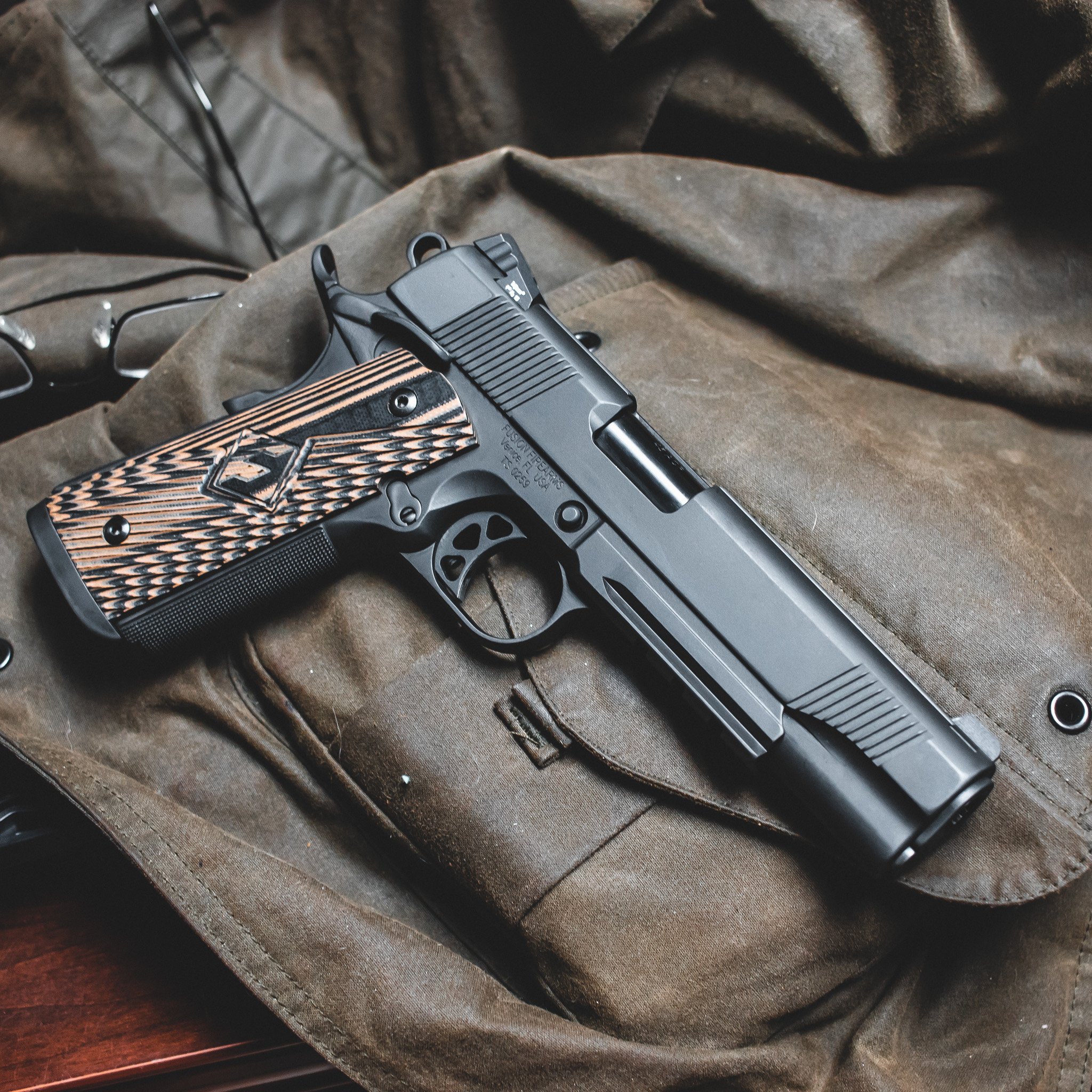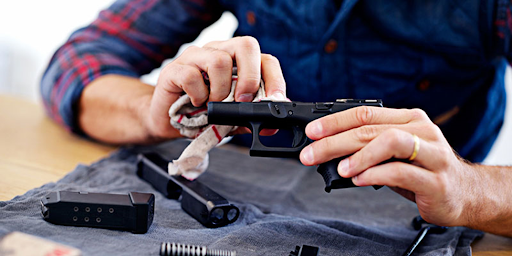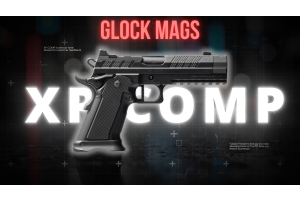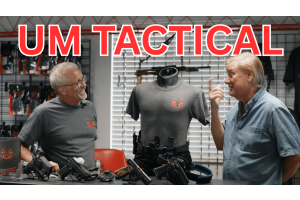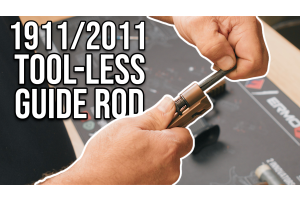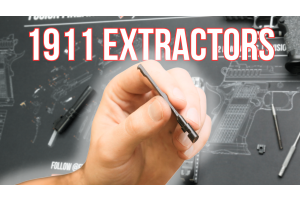A Comprehensive Guide to Responsible Firearm Ownership
0%
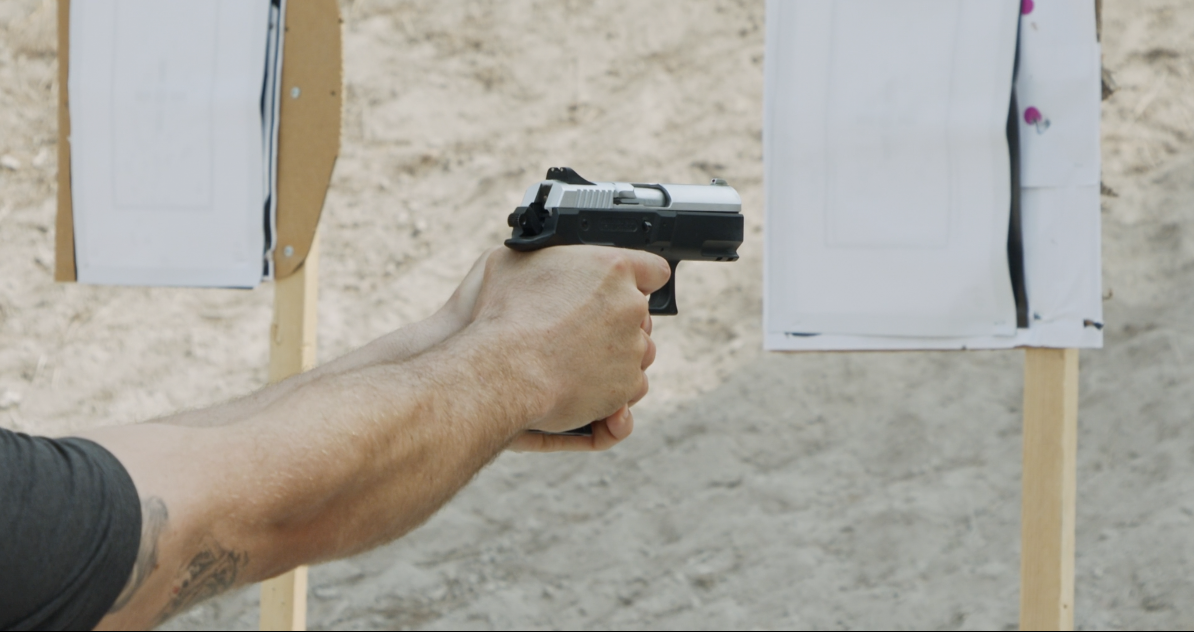
Welcome to Fusion Firearms' comprehensive guide for responsible firearm ownership. In this guide, we will equip you with the essential knowledge and recommendations necessary for embarking on a journey of responsible firearm ownership. Whether you are a newcomer to the firearms community or seeking to reinforce your understanding, Fusion Firearms is here to support your commitment to safety and self-defense.
Firearm Safety and Child Protection
The Foundation of Firearm Safety
As a responsible firearm owner, it is crucial to establish a solid foundation in firearm safety. While experienced enthusiasts are familiar with these principles, they are the cornerstones of responsible firearm ownership:
- Always Treat Firearms as Loaded: Handling firearms with the assumption that they are loaded is a fundamental safety practice.
- Muzzle Discipline: Never allow the firearm's muzzle to point at anything you do not intend to destroy, ensuring safety for all.
- Trigger Finger Discipline: Keep your finger off the trigger until you are prepared to fire, preventing accidental discharges.
- Know Your Target and Beyond: Maintain awareness of your target and its surroundings to prevent unintended risks.
Educating the Next Generation
Instilling these safety principles from an early age can foster respect for firearms' potency and reduce curiosity among children. Education plays a pivotal role in accident prevention.
Safeguarding Your Firearm
Secure Firearm Storage
Responsible firearm ownership includes securely storing your firearm. Explore various methods to ensure safety:
- Trigger Locks and Cable Locks: Many firearms come equipped with these locks, temporarily rendering the firearm inoperable. Ensure responsible key management.
- Gun Safes: Gun safes, available in various sizes, offer robust security. Some models feature biometric scanners for swift access during emergencies.
- Cabinet Safes: Providing enhanced protection and often fire resistance, these safes are a substantial investment. Some insurance policies offer discounts for their ownership.
Personal Protection Equipment (PPE)
Essential Gear for the Shooting Range
When heading to the shooting range, it is imperative to equip yourself with essential personal protection equipment (PPE):
Eye Protection: Safety glasses, available in various styles, provide crucial eye protection.
Hearing Protection: Choose between foam earplugs, earmuffs, or active earmuffs that combine hearing protection with conversation clarity.
PPE and Range Essentials
While not mandatory, these items can enhance your shooting experience:
- Maintaining Hygiene: Use de-lead soap or wet wipes after shooting to prevent exposure to lead and residue.
- Protecting Your Hands: Invest in shooting gloves to shield your hands from abrasions during firearm handling and magazine manipulation.
- Magazine Loaders: Streamline the reloading process, reducing thumb strain and hastening your return to shooting.
- Gunsmithing Tools and Lubrication: Carry essential tools to address malfunctions and keep your firearm in peak condition.
Organizing Your Gear with a Range Bag
The Importance of a Range Bag
A range bag serves as an organizational hub for your gear, ensuring everything remains easily accessible and nothing is inadvertently left behind. Select a bag that suits your requirements and make it a habit to replenish it after each range session.
Post-Range Maintenance
The Importance of Cleaning
Thoroughly cleaning your firearm after a range outing is pivotal for its longevity and performance. Acquire a quality cleaning, lubricating, and protectant (CLP) product. Everyday items like old t-shirts, toothbrushes, toothpicks, and q-tips can suffice as cleaning utensils.
Holsters: Kydex vs. Leather
Choosing the Right Holster
Selecting the right holster is vital for safe firearm carry:
- Kydex Holsters: Ideal for striker-fired pistols, Kydex holsters securely cover the trigger guard, preventing accidental discharges.
- Leather Holsters: While comfortable, they are best suited for pistols with manual safeties or revolvers with double-action triggers. Beware of potential stretching and deterioration over time.
- Polymer Retention Holsters: Offer Kydex-like protection and often include safety features, making them a choice for law enforcement and responsible civilian carriers.
Ammo Selection: Personal Protection Rounds vs. Target Ammo
Distinguishing Ammunition Types
Distinguishing between ammunition types is vital:
Target Ammo (Ball Ammo): Economical and suitable for practice, but more likely to over-penetrate targets. Not recommended for personal defense.
Personal Protection Rounds (Hollow Points or Ballistic Tip): Engineered to expand upon impact, reducing the risk of over-penetration. An ideal choice for self-defense.
Choosing a Shooting Venue: Ranges vs. Shooting Clubs
Selecting the Right Venue
Selecting a suitable shooting location depends on your geographical location:
- Public Ranges: Available in both indoor and outdoor settings, accommodating pistols, rifles, and shotguns. Range fees typically range from $10-25 per hour.
- Shooting Clubs: Exclusive private ranges with higher membership fees. Often equipped with superior facilities and safety standards.
Seek Professional Training
Investing in Training
Becoming proficient in firearm handling and marksmanship entails seeking professional training. Tailor your training to your needs, whether you are a beginner or seeking advanced skills.
Conclusion
Your Journey Begins
Commencing the journey of responsible firearm ownership is a significant commitment to personal safety. Delaying this crucial step is unnecessary, as preparation is key. If you require further guidance or have questions, don't hesitate to reach out to Fusion Firearms. We wish you a safe, fulfilling, and vigilant experience as a new gun owner.



